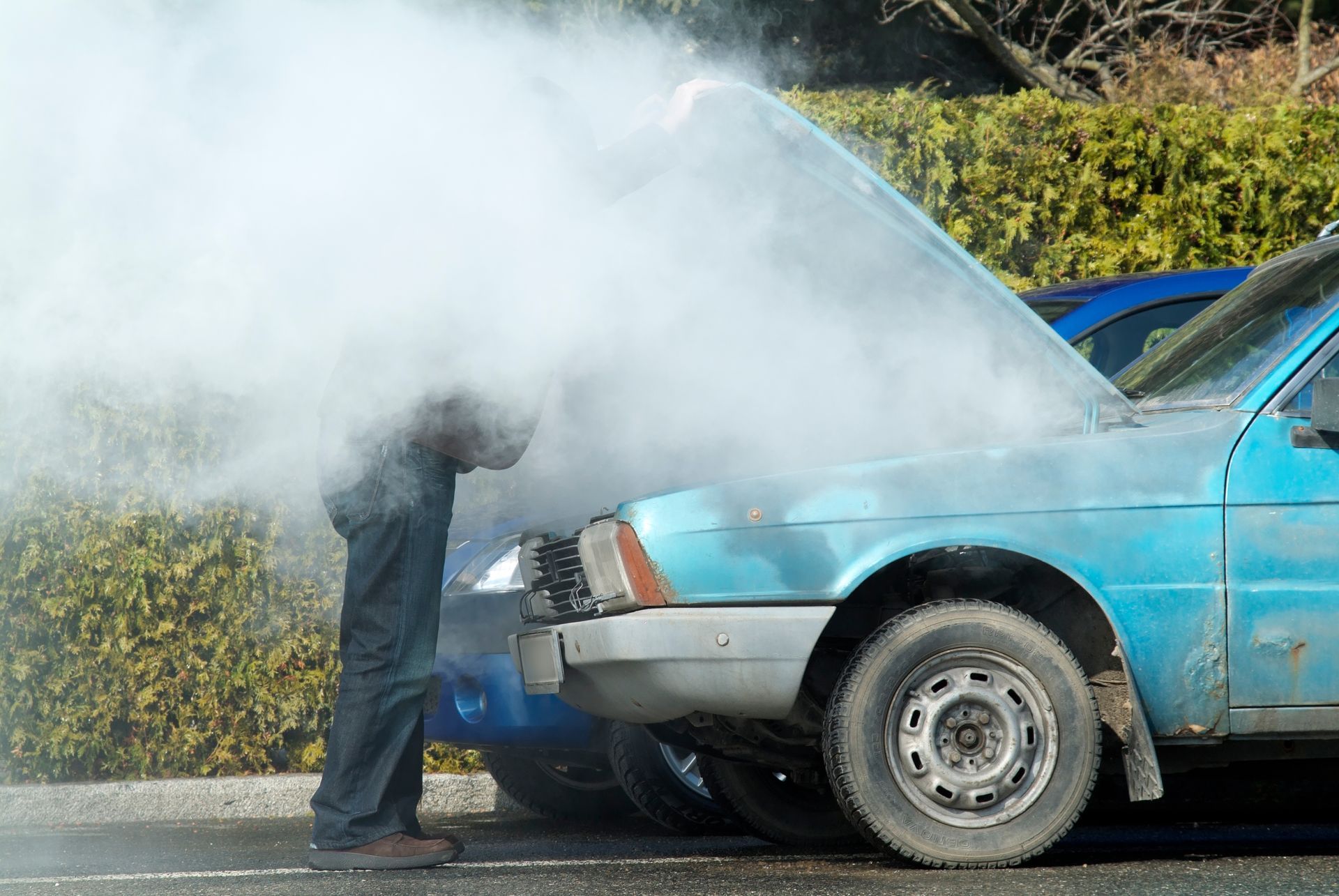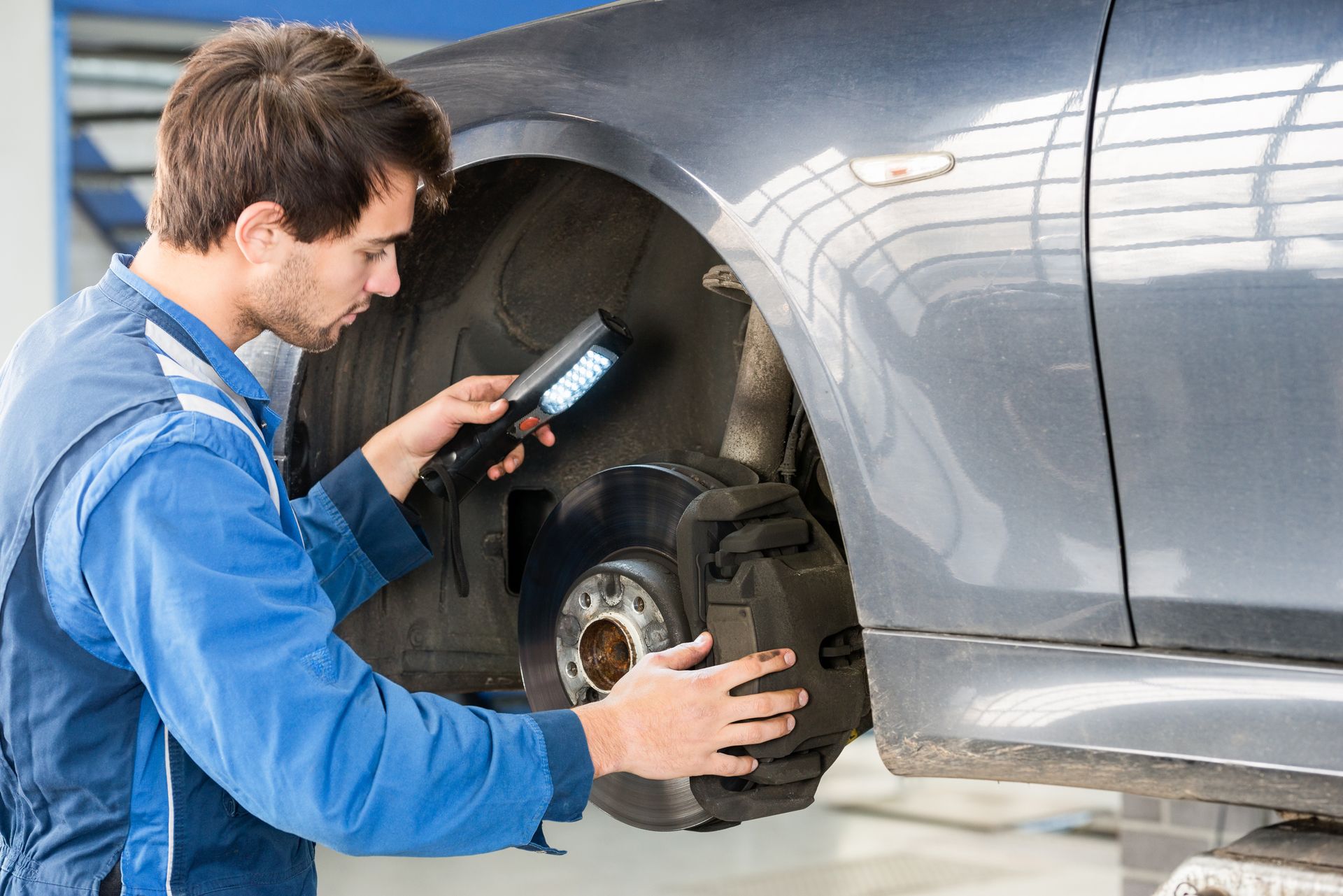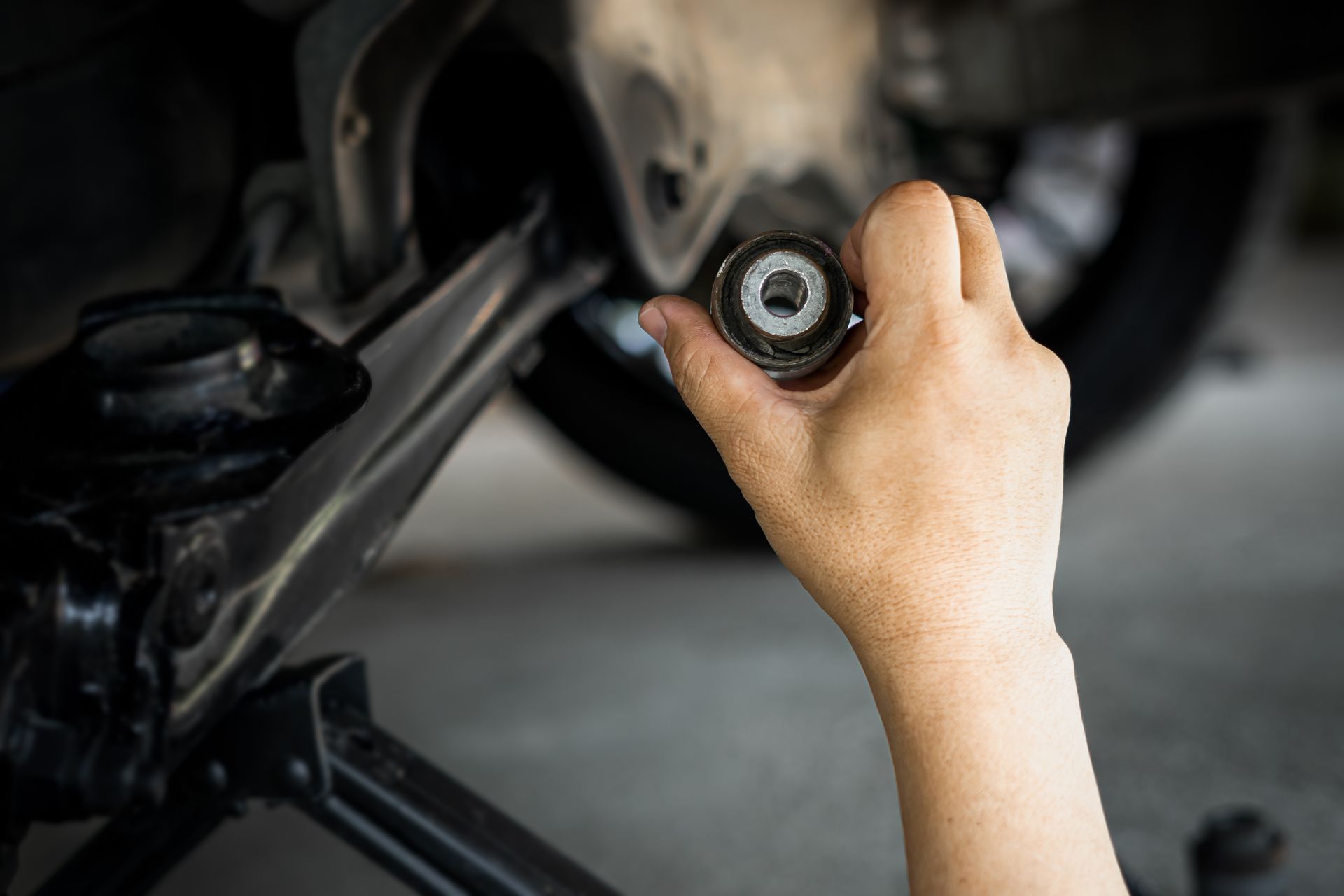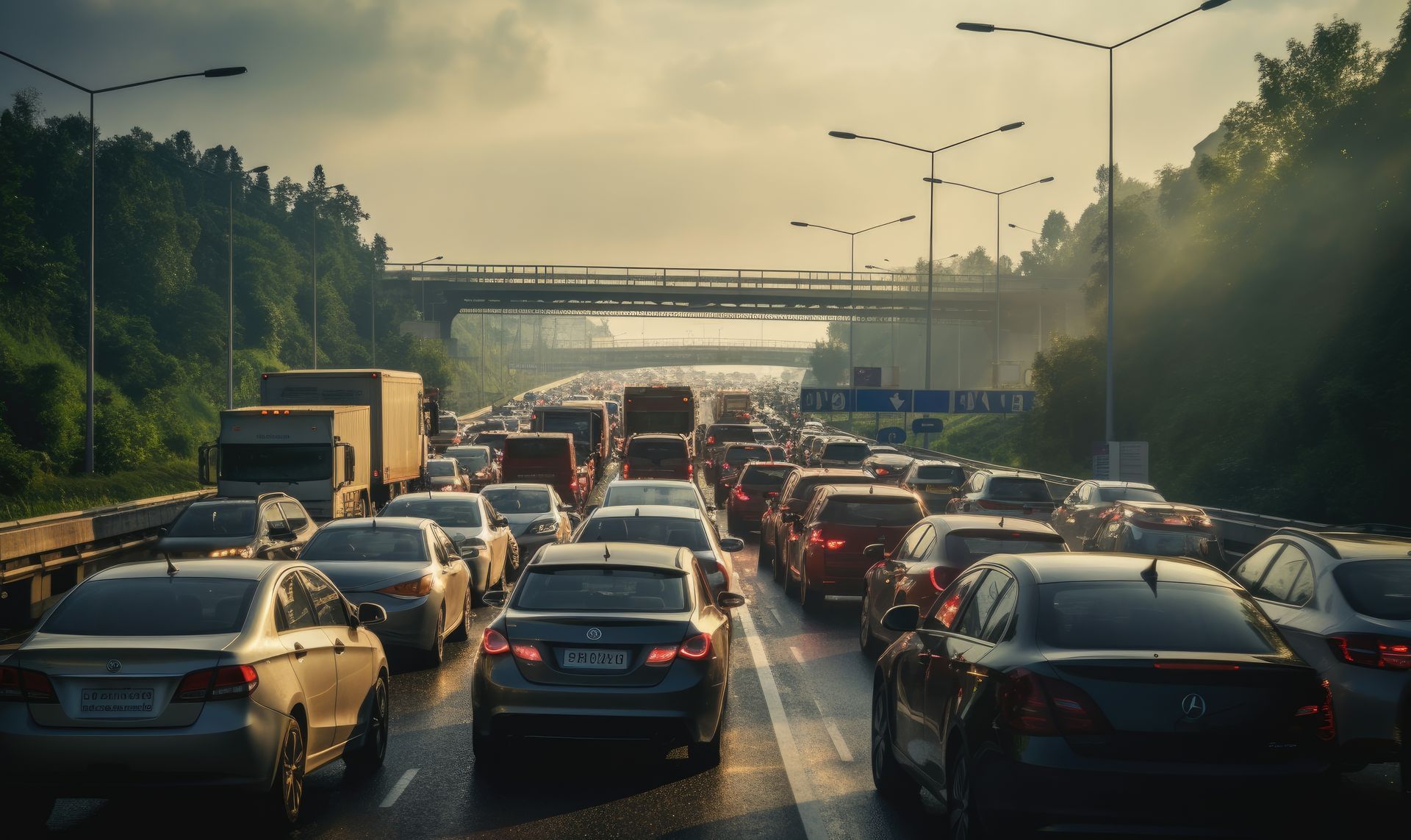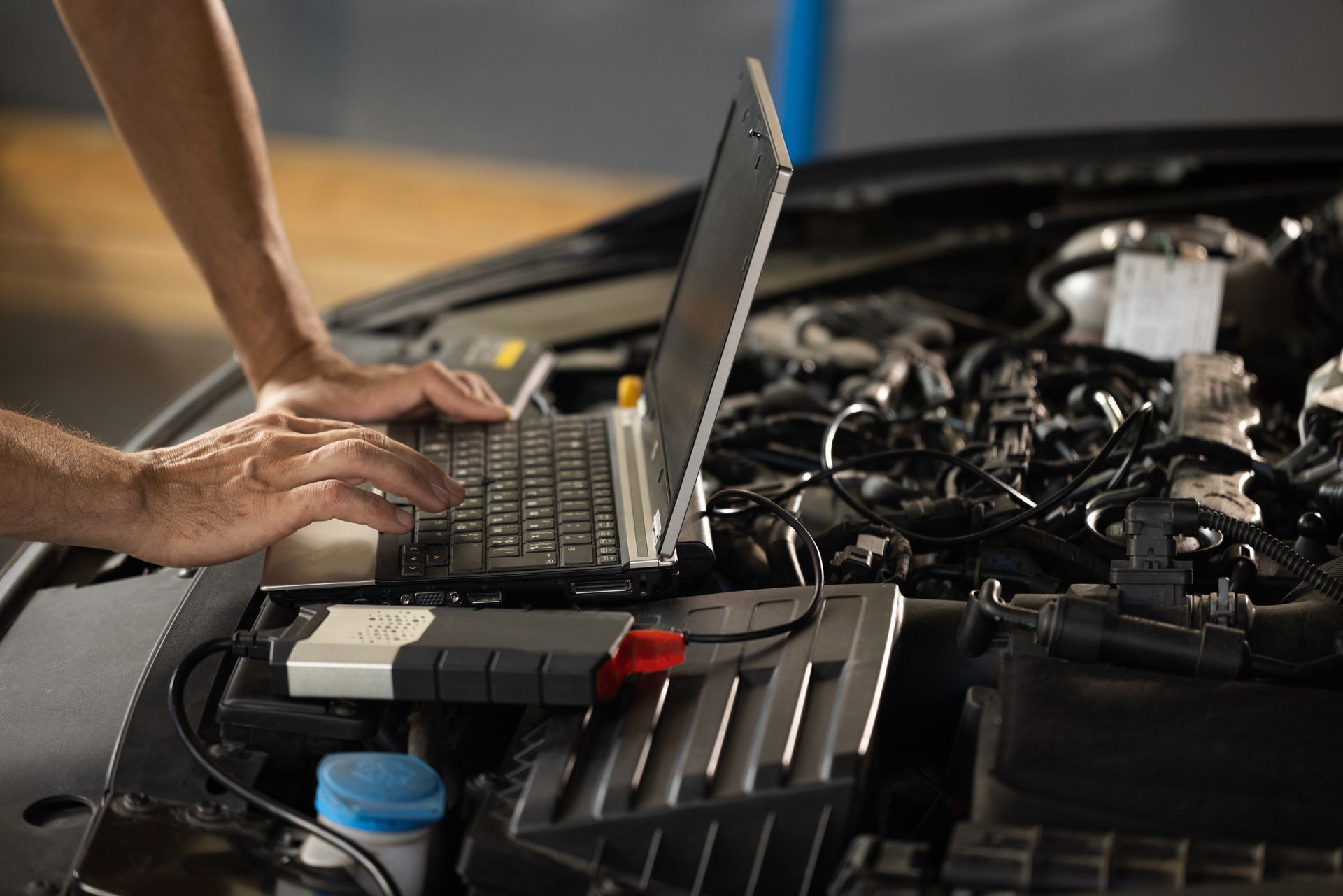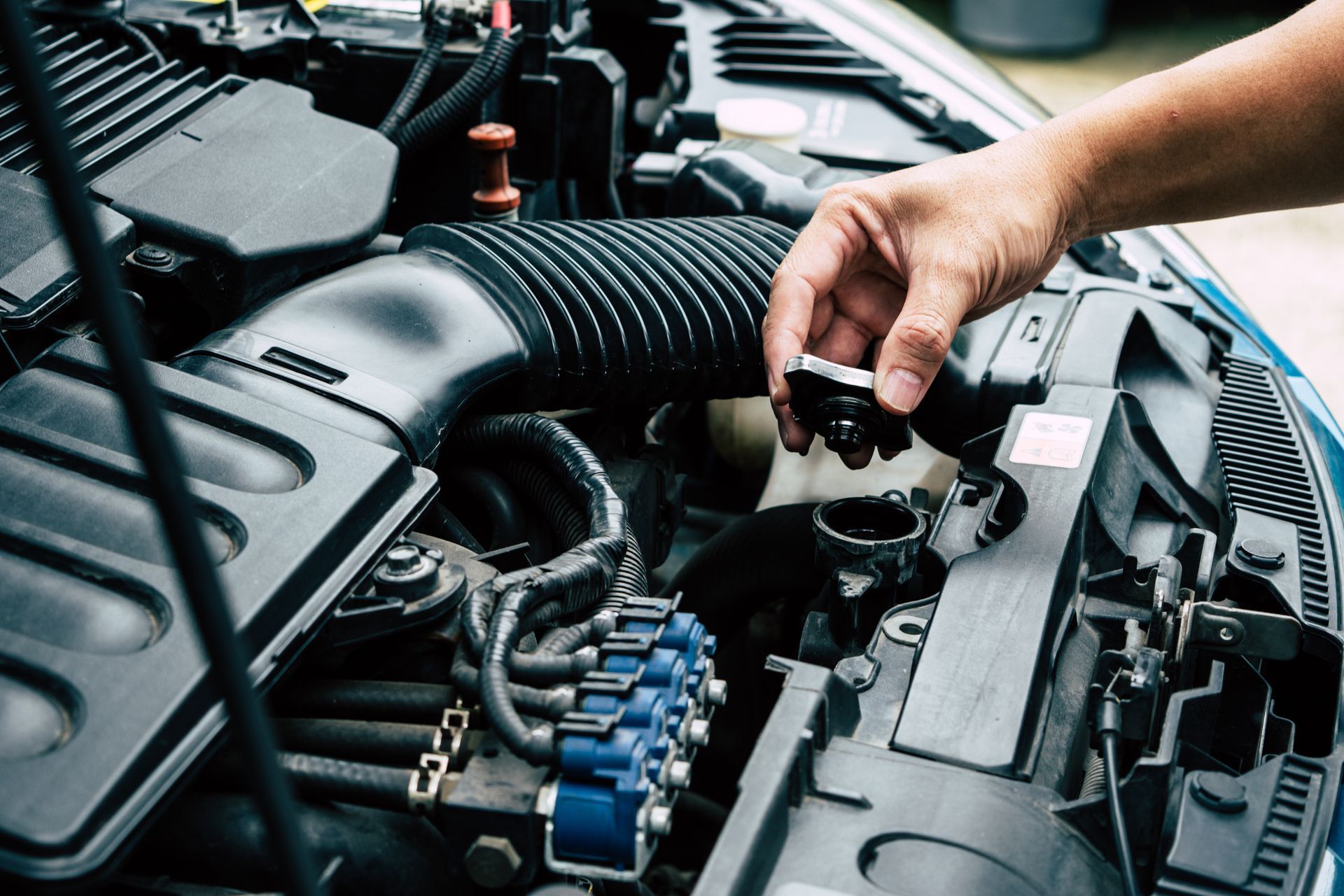13 Ida J Gadsen Dr Savannah, GA 31408
Loading ...
Missing business hours data / Error occurred while getting the data.
Loading ...
Missing business hours data / Error occurred while getting the data.
How Do The Engine and Transmission Work Together?
How Do The Engine and Transmission Work Together?
Have you ever wondered how your car seamlessly transitions from idle to acceleration, or how it effortlessly shifts gears as you cruise down the highway? The answer lies in the balance between two essential components of your vehicle: the engine and the transmission.
The Engine
At the heart of every vehicle lies the engine. Whether it's a gasoline-powered combustion engine or a modern electric motor, the primary function remains the same: to generate power to propel the vehicle forward. As the pistons move up and down within the cylinders, fuel is injected or ignited, creating controlled explosions that drive the crankshaft and ultimately turn the wheels.
The Transmission
While the engine generates power, it's the transmission's job to deliver that power to the wheels efficiently. The transmission accomplishes this by seamlessly shifting gears to match the vehicle's speed and load conditions.
In essence, it serves as the intermediary between the engine and the wheels, adjusting the gear ratios to optimize performance and fuel efficiency.
How They Work Together
When you press down on the accelerator pedal, you're initiating a chain reaction that begins in the heart of your vehicle: the engine. Inside the engine, a controlled explosion occurs within each cylinder, driving the pistons downwards with force. This movement generates rotational energy, which is transferred to the crankshaft.
As the crankshaft spins, it sends power to the transmission, the gearbox responsible for managing the distribution of this energy to the wheels.
Starting from a standstill at a traffic light - as you gently press the accelerator, the engine responds by increasing its revolutions per minute (RPM), generating more torque. Torque is the rotational force that propels your vehicle forward, and the transmission interprets this increase in engine speed.
Using a series of gears, the transmission adjusts the torque output to match the driving conditions. At lower speeds, such as when starting from a stop, the transmission selects a lower gear ratio to provide maximum torque for acceleration. This allows your vehicle to move smoothly and efficiently from a standstill.
As you gain speed and the engine's RPM continues to climb, the transmission seamlessly transitions to higher gear ratios. These higher gears allow the engine to operate at lower RPM while still providing sufficient power to propel the vehicle forward. This is particularly important for fuel efficiency and engine longevity, as operating at lower RPM reduces stress on the engine and conserves fuel.
Whether you're accelerating from a standstill, cruising at highway speeds, or climbing a steep incline, the engine and transmission are in constant communication, adjusting gear ratios to deliver the right balance of power and efficiency. This synchronized dance between the engine and transmission allows your vehicle to navigate the road gracefully and precisely, providing a smooth and enjoyable driving experience.
The Role of Fluids and Lubricants
Proper lubrication is essential to facilitate seamless engine and transmission operation. Transmission fluid acts as both a lubricant and a coolant, ensuring that gears shift smoothly and components operate efficiently. Similarly, engine oil lubricates the moving parts within the engine, reducing friction and preventing premature wear and tear.
Regular maintenance,
including fluid checks and changes, is crucial to ensuring the longevity and reliability of the engine and transmission.
While fascinating, the engine and transmission encounter problems. For all your needed maintenance and repairs, call
CARma Auto Care - the local solution to all your vehicle needs!
Loading ...
Missing business hours data / Error occurred while getting the data.
Loading ...
Missing nap lines data / Error occured while getting the data.

